Promoting national cultural identity as a foundation to create endogenous strength for socio -economic development, including tourism, is a major policy of the Party and Government. It is also one of the major contents in the Vietnam Tourism Development Strategy to 2030 approved by the Prime Minister on January 22, 2020. This strategy is being strongly implemented by localities, including the Northwest region.
However, how to effectively promote national cultural identity to create strength for socio-economic development, hunger eradication and poverty reduction for ethnic minorities in the highlands is a long story, requiring a methodical and strong direction, solidarity and sharing of localities.
We met and discussed with local leaders and experts in the fields of tourism , economics and culture to come up with effective solutions for mountainous areas, including the Northwest.

“If you want to go far, go together” is the motto to achieve sustainable results and achievements. Hoa Binh province is working with Hanoi , the Northwestern provinces and many neighboring localities to create sustainable cultural tourism products with high connectivity to make tourism activities more effective.
In the plan to develop tourism in Hoa Binh into a spearhead economic sector, Hoa Binh also plans to create regional tourism products. Currently, Hoa Binh has built a tourism connection between Lac Son and Kim Boi districts to enhance the experience for visitors. In addition, Hoa Binh province and Hanoi city have had important projects to connect tourism. Typically, in May 2023, the Huong Binh cable car project with a total investment of about 1,700 billion VND, connecting Tien Pagoda (Lac Thuy district, Hoa Binh) to Huong Pagoda (My Duc district, Hanoi) was started at Hoa Binh. The 3km long cable car route will be a spiritual tourism connection between the two localities.
In addition to regional cooperation, Hoa Binh is strengthening cooperation with localities in preserving, conserving and promoting national cultural identity, focusing on implementing a plan to build and preserve "Hoa Binh culture", linking cultural preservation with tourism development. In the plan, Hoa Binh will build an exhibition house of Hoa Binh cultural relics to preserve and conserve precious heritages.
Hoa Binh is coordinating with 6 provinces and cities, namely Hanoi, Son La, Phu Tho, Ninh Binh, Dak Lak, Thanh Hoa and the Ministry of Culture, Sports and Tourism to jointly build a national dossier on Mo Muong Cultural Heritage, submitting it to UNESCO for inclusion in the list of Intangible Cultural Heritage in Need of Urgent Safeguarding. Hopefully, these heritage links will help the Northwestern provinces create more attractive cultural tourism products.

In March 2021, when tourism was still affected by the Covid-19 pandemic, the Hanoi Travel Association, the VGreen Sustainable Tourism Club and the National Museum of History launched a caravan product (self-driving experience) to explore the Northwestern provinces. The highlight of the caravan journey from Hanoi through the Northwestern provinces was the stop in Hoa Binh, exploring the archaeological site - Xom Trai cave and the Muong ethnic culture.
Here, visitors make their own costumes from leaves and wear masks simulating the images in ancient caves. The success of the caravan tour at that time was thanks to the "handshake" and connection of localities to create an experience route with a strong cultural identity.

Canaval tour product explores the Northwest, with stops at the archaeological site - Xom Trai cave and Muong ethnic culture (Hoa Binh).
After the Covid-19 pandemic, cultural tourism products with connectivity are gradually decreasing, mainly localities exploiting their own strengths. The Northwest has abundant cultural and natural tourism resources, but connectivity is very low, so attracting visitors from distant markets is still limited. For sustainable tourism, people to live stably thanks to tourism and services, localities need to support people in the promotion stage.
Currently, tourists from the South are very fond of traveling to the East - Northwest. In addition to the "specialty" of the ripe rice season with the beautiful scenery of terraced fields, the unique culture of ethnic minorities in the mountainous areas is a "specialty" that attracts tourists from afar. Localities should have closer links with travel agencies to build attractive tourist routes, exploiting the unique cultural identity of each locality to the fullest, bringing more tourists from the South and Central regions.

Attracting tourists to the Northwest needs to be done well right from the "gateway" position, which is Hoa Binh. Considered the "capital" of the Muong ethnic group with historical relics, culture, customs, unique habits, and long-standing cuisine, Hoa Binh with its favorable location can completely create great tourism value for the Northwest region. In reality, tourists coming to Hoa Binh only stop to rest, rarely stay overnight, especially large groups. That is a pity!
I think that Hoa Binh in particular and the Northwestern provinces in general can join together to build more attractive tourism products. In addition to the tourism route that is being strongly exploited by units, the Hoa Binh - Son La - Dien Bien tour, localities need to build more new tours based on the advantages of diverse ethnic cultural identities, in which Muong culture should be emphasized. For example, it is possible to build tours to learn about culture and experience life in the Muong community where they live; tours to visit natural landscapes and watch live performances of ancient Muong culture; tours to Muong cuisine... The important thing is that Hoa Binh must have a systematic and sustainable policy for planning and preserving tangible and intangible cultural heritages of the Muong people as well as other ethnic groups; and orient the ethnic community to effectively change economic orientation.

Clouds and rice in Y Ty (Lao Cai).

Spring tea garden in Moc Chau, Son La.

Spring in the village (Van Ho, Moc Chau).

O Quy Ho Pass, Sa Pa, Lao Cai.

Oolong tea hill (Sa Pa, Lao Cai).

Plum blossoms in Moc Chau (Son La).
In addition, Hoa Binh should expand its links with Hanoi to build a continuous value chain, effectively exploiting the Muong culture of the two regions. Currently, the Muong ethnic community in Hanoi districts such as Thach That, Quoc Oai, Ba Vi is very developed. If there is good cooperation, this will be a unique joint product of the Northwest and the capital. To do that, in my opinion, Hoa Binh and Hanoi can coordinate programs to preserve Muong cultural heritage; join hands in promotion activities, advertising, and investing in building convenient connecting infrastructure.
In addition, Hoa Binh should invest more in infrastructure and accommodation to attract visitors from large tourist markets such as Hanoi to visit, relax on weekends or travel for MICE (tourism combined with meetings and events).

I have participated in many projects of foreign organizations supporting Vietnam in developing community tourism in many localities and have seen that foreign experts when deciding to support community tourism development projects in Vietnam always conduct very serious surveys. Not every ethnic minority village can develop into a community tourism village, but it is necessary to rely on natural conditions, cultural identity, and community cohesion of the indigenous people.
That shows that the management role of localities is very important. Localities need to have plans for each area to develop tourism based on surveys and actual assessments of conditions, capabilities and needs of the people. To do community tourism, the cultural identity factor plays an important role, which is also the basis for creating unique values, attracting tourists. Currently, many places are being concreted, losing their identity, so localities need to invest in focusing, gradually restoring the national identity of each village and hamlet; propagandizing people to preserve cultural identity; having clear investment policies, in which there needs to be investment orientation, such as building tourism facilities must comply with respecting the landscape of the village and hamlet, using environmentally friendly materials, suitable for people's lifestyle, avoiding massive investment, spreading out to destroy the landscape, and concreting the facilities.
In addition, when building community tourism villages, it is necessary to promote the role of leaders, such as village chiefs, to call for and promote the strength of the community. In many Northwestern provinces, community tourism villages are successful because the village chiefs have a strong voice and can call on the ethnic community to participate and respond.

The development of tourism in Hoa Binh will not only contribute to the economic and cultural development of the province, but also benefit the entire Northwest region. Therefore, the close connection between Hoa Binh and the provinces will create economic strength for the entire region.
Frankly speaking, community tourism in Hoa Binh in particular and many Northwestern provinces in general has had some successful models as well as some unsuccessful models due to lack of tourism management and marketing skills. The development of community tourism is facing difficulties due to lack of experience and coordination between management levels and local communities as well as the fact that many places are gradually losing their national cultural identity.
Currently, the development of products from indigenous livelihoods and culture has been carried out, but there are still many untapped potentials, such as products from brocade, indigenous cuisine... Therefore, localities need to strengthen the connection between supply and demand, ensure quality and diversify products, create favorable conditions for marketing and promoting these products to tourists.
To develop sustainable community tourism, thereby creating a driving force for the Northwest to make a breakthrough, localities need to increase investment in transport infrastructure and tourism facilities to attract tourists; promote tourism promotion, attract tourists through media channels, events and cooperation with travel companies and international partners; improve service quality and tourism human resources; ensure synchronization between tourism development and environmental protection, while ensuring the interests of local communities...
Lesson 3: Identity imprints from bright spots
Lesson 4: Rising in Difficulty
Source


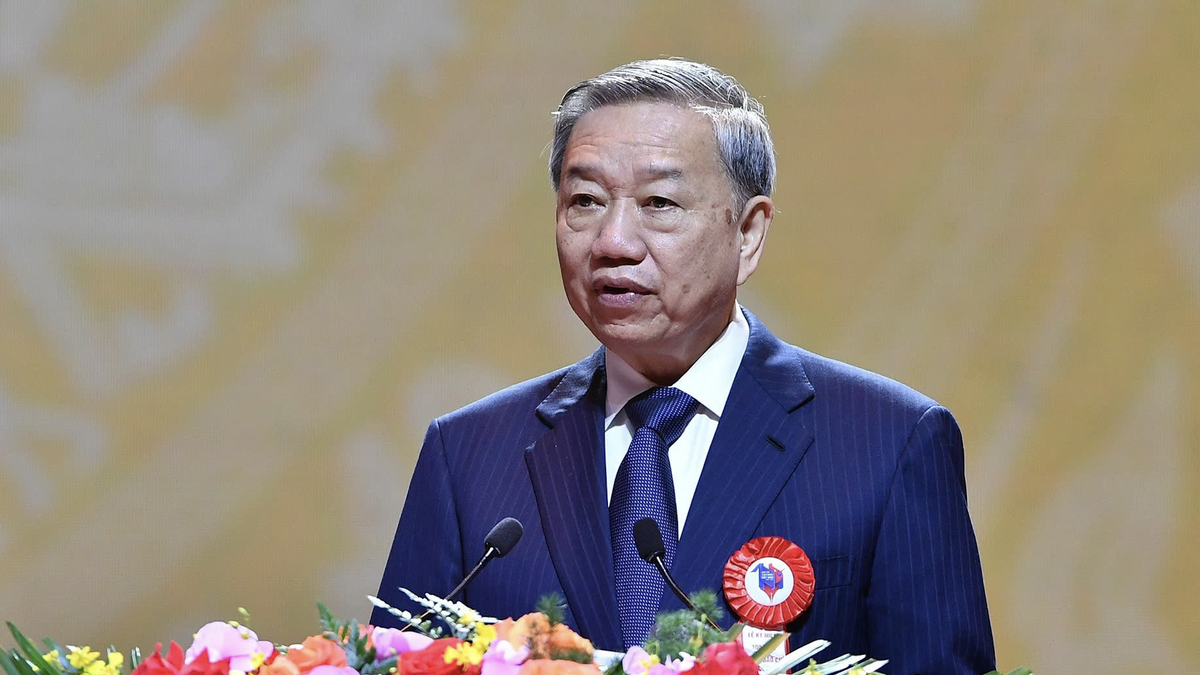





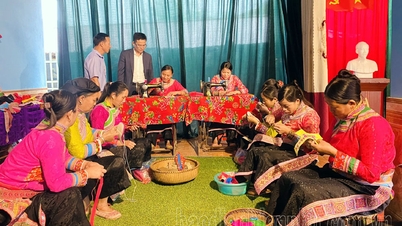



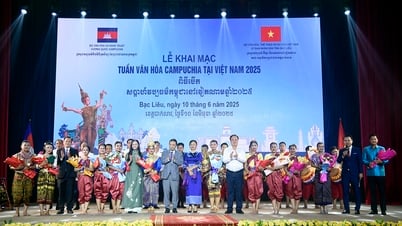
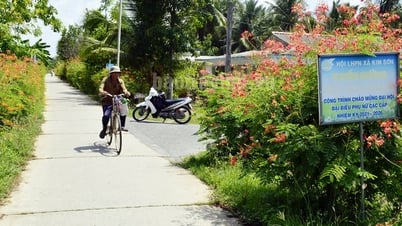

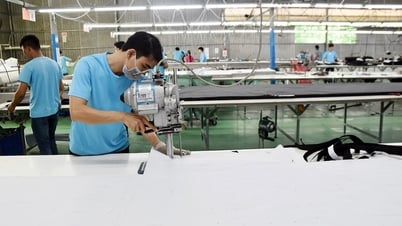










![[Photo] Central Propaganda and Mass Mobilization Department meets with exemplary journalists](https://vphoto.vietnam.vn/thumb/1200x675/vietnam/resource/IMAGE/2025/6/21/9509840458074c03a5831541450d39f8)




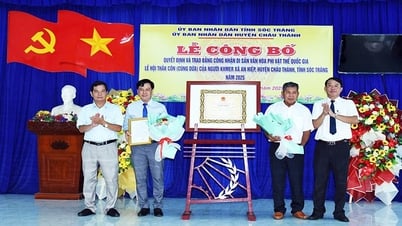










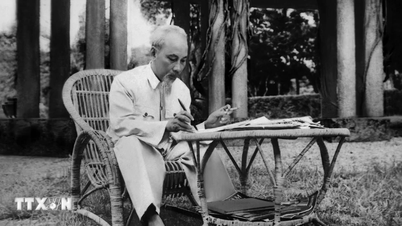






![[Maritime News] Wan Hai Lines invests $150 million to buy 48,000 containers](https://vphoto.vietnam.vn/thumb/402x226/vietnam/resource/IMAGE/2025/6/20/c945a62aff624b4bb5c25e67e9bcc1cb)


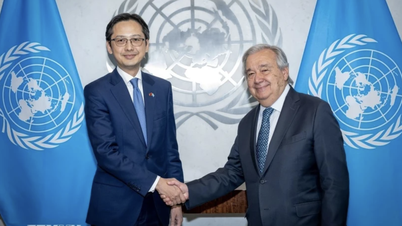
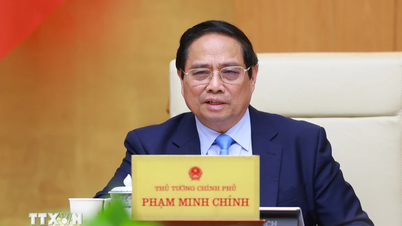





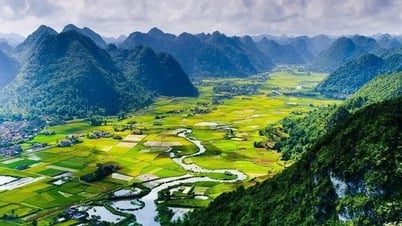




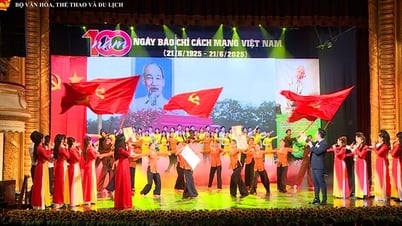


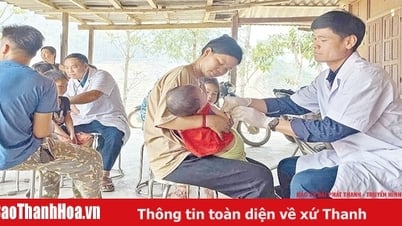

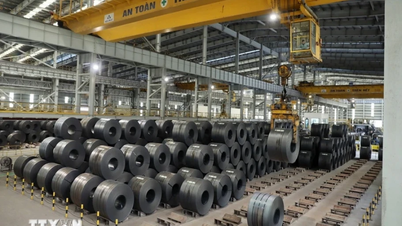
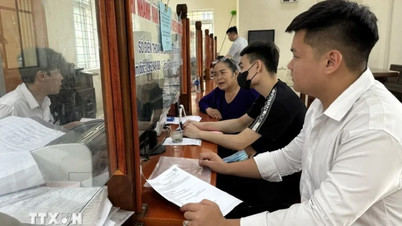
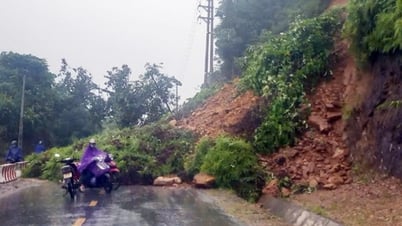

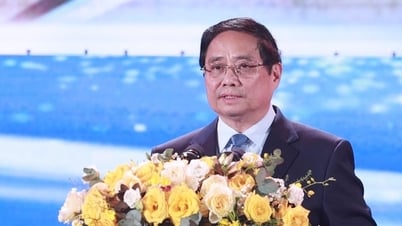










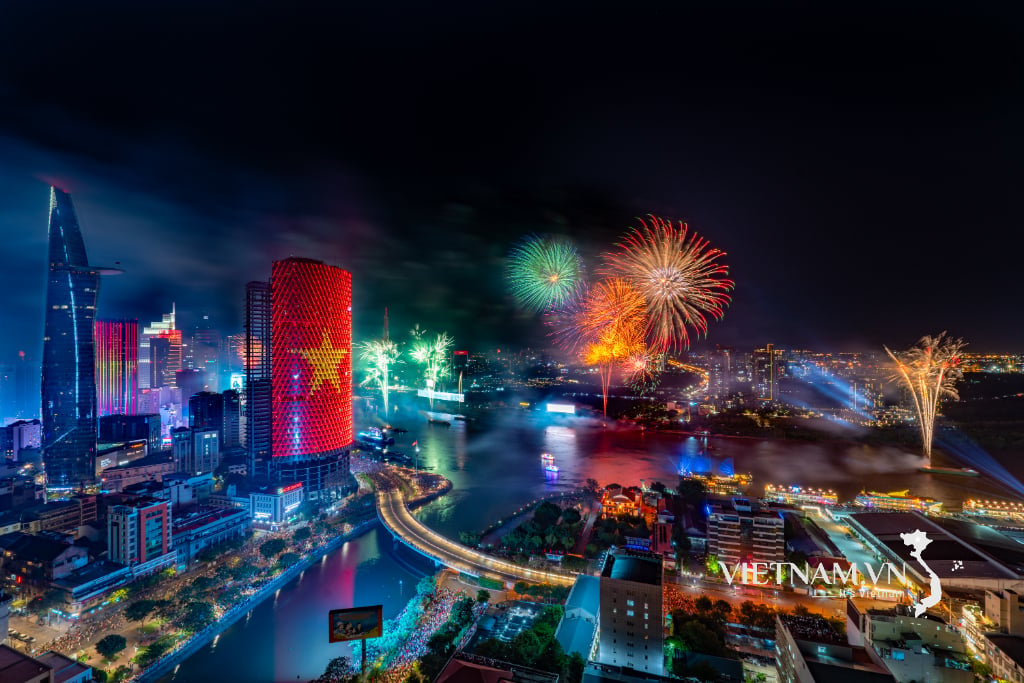

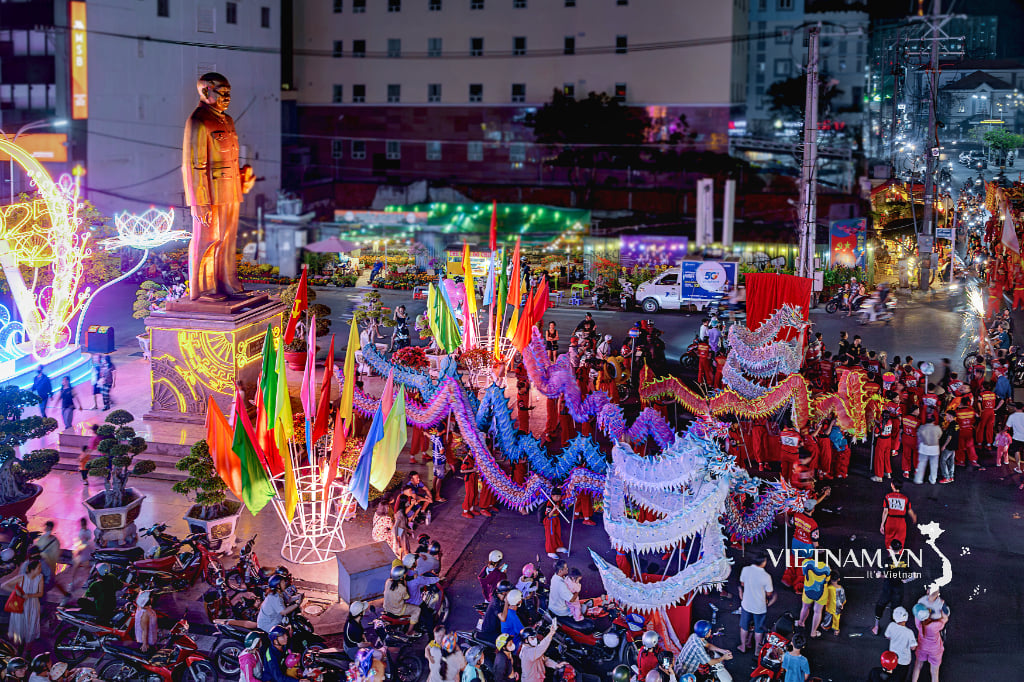
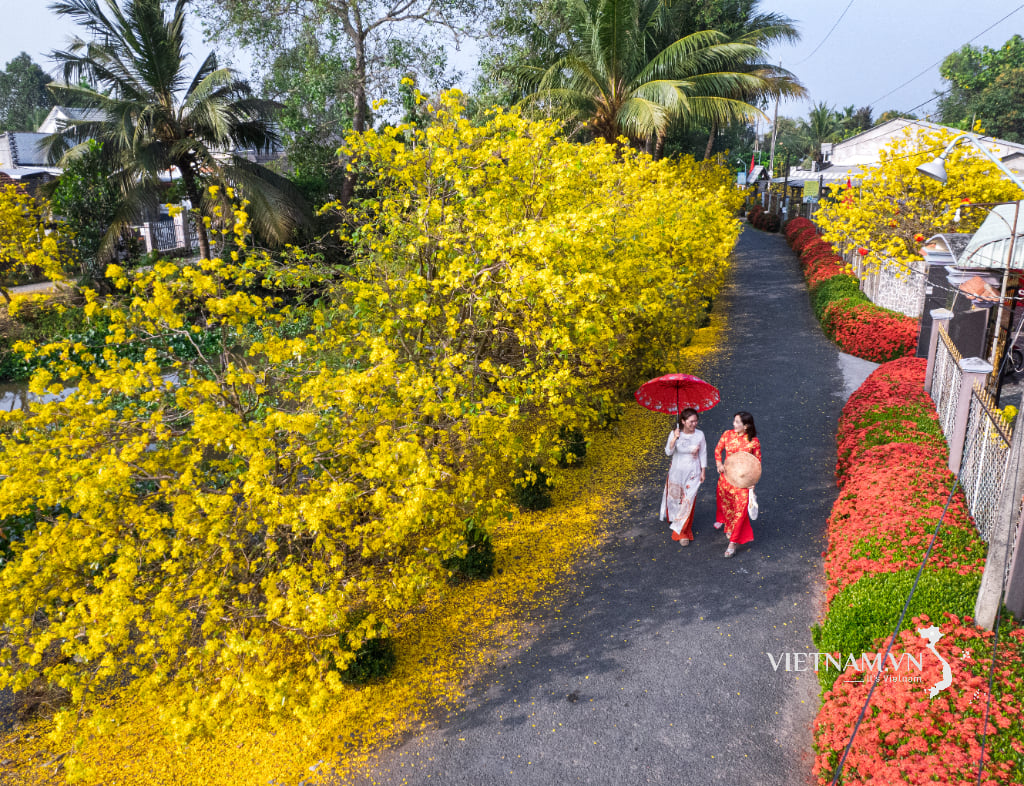
Comment (0)